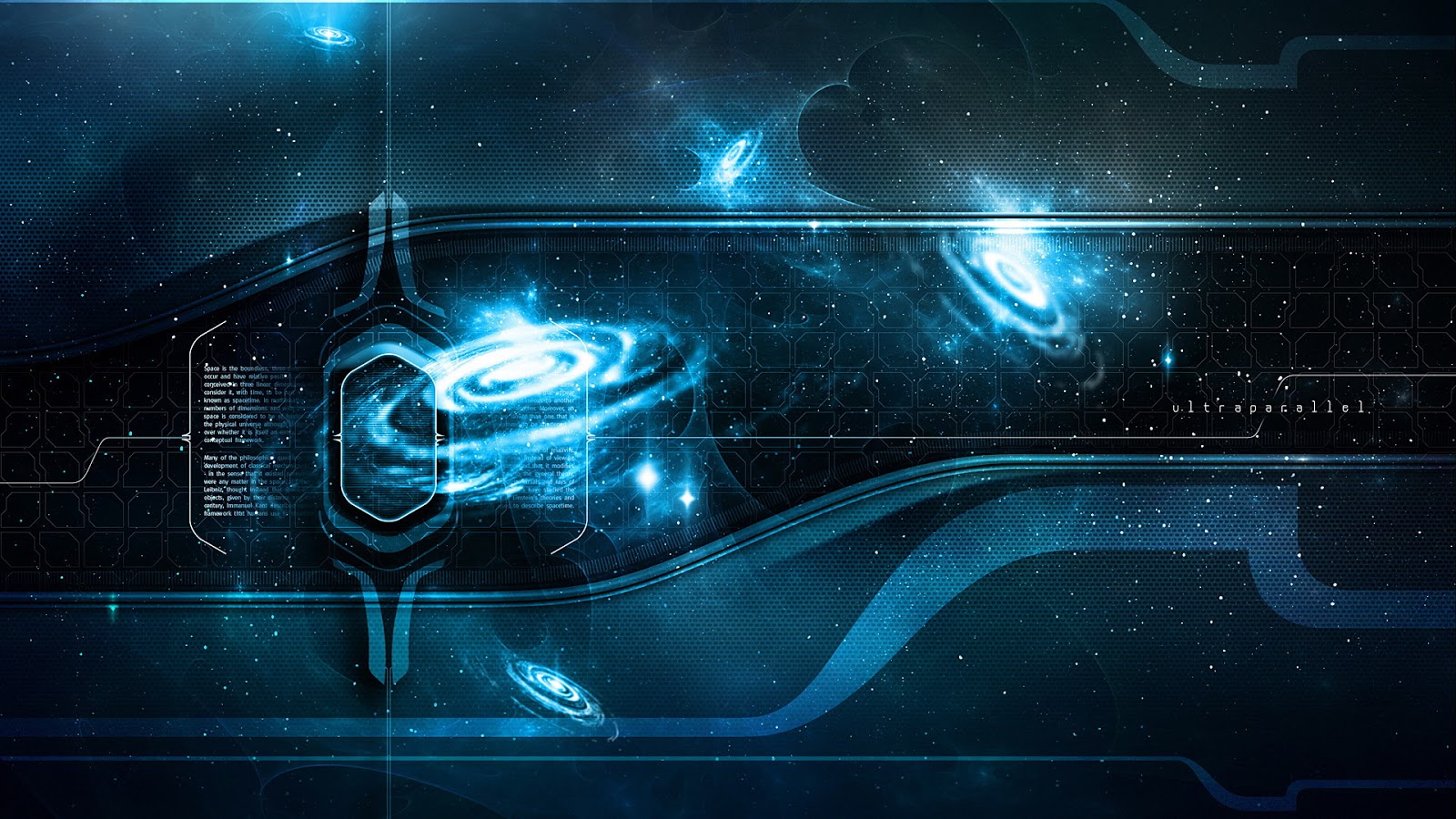
Hasso Plattner Founders’ Award Finalist Profile: Deal Health Index
January 5, 2019
Live Webinar: Oracle JD Edwards – Product Enhancements and Roadmap – Jan 15, 2019
January 7, 2019In today’s knowledge economy, we need mixed-age teams, says Annice Joseph, global lead for Cross-Generational Intelligence at SAP.
There are many myths surrounding the attitudes of different generations of employees. Here, Joseph sorts out fact from fiction.
As the global lead of Cross-Generational Intelligence in the Global Diversity & Inclusion Office at SAP, Annice Joseph drives a variety of both formal and informal programs and initiatives, from cross-generational mentoring to a mature talents program. Her goal is to maximize the potential of SAP employees, support cooperation in mixed-age teams, and help managers understand the needs of different age groups.
Q: What’s your mission?
A: We want to celebrate five generations of employees in today’s workforce and ensure that the work environment at SAP makes each individual feel included and respected. When I started working here two years ago, I began by defining the generations in detail to create an awareness of multi-generational differences and commonalities, and to ensure that opportunities are available for everyone.
Why is this a focus area for SAP?
Because a mixed-age environment has a positive impact on company success. To give you one example, a recent study shows that when it comes to decision-making, mixed-aged teams significantly outperform those with just early talent or just mature talent.
In the study, multi-generational teams had more than twice as many positive outcomes compared to other more homogenous teams. The research shows that “decision-making teams with a wide age range of ages – 25 years or more – met or exceeded expectations 73 percent of the time, while those with a narrow range of less than 10 years did so only 35 percent of the time.”
We also have very positive examples at SAP where we’re seeing that a good age mix across a team leads to a cross-pollination of knowledge and ideas — and better results.
Isn’t cross-generational collaboration normal? Why do we need to talk about it now?
Because the world is changing! In the past, age and experience were mostly directly proportional to the position and seniority of the role. It was taken for granted that the younger folks would report into older folks and the leadership was largely “command and control.” However, in the changing dynamics at the workplace today, expertise and experience need not be directly in proportion to the number of years of experience. Every individual brings value.
In addition, for the first time in history, our work involves so much more than physical endurance or ability. Much of the work has to do with our tacit knowledge and experience, our ability to understand other human beings, our ability to lead, to collaborate, and to be creative — and these do not directly require physical strength. For this reason, we need multiple types of talent and different age groups to come to the workplace and work well together.
Why would this cause any difficulty?
I can only answer this with another question: When you put aside your colleagues and your family, how many friends from other generations do you have? In my experience, less than two percent will say they have friends across the five generations and less than 10 percent will say they have friends from four generations.
In your private life that’s fine, but the workplace is very different. On average at SAP, we work with four generations of colleagues, customers, and partners every day. If we want to create a company that is the most innovative, the most inclusive in the world, we need to effectively collaborate with everyone with whome we come into contact. Understanding and respecting the strengths of the different generations, as well as their needs, becomes key for us.
What exactly are the challenges?
Sometimes our beliefs, the way we have been brought up, or our general attitude toward age stop us from being collaborative. Some of the biases and stereotypes we have about age create a disharmony within ourselves and a backlash toward others. In our awareness sessions around multi-generational collaboration, I’ve personally heard people say, “I find it hard to belong to the inner circle, I find it so hard to be integrated into the team because I am from a different age group.”
Whether it’s young people who feel they are not being heard, or older people who feel that they do not belong, this perception does exist in the workplace, and not just at SAP.
How can we overcome the challenges?
By increasing initiatives like cross-generational mentoring that help to break down negative stereotypes. We also recommend diversity and inclusion training with a focus on generational intelligence.
This is not just an internal topic. We also need to think about how we approach customers and the market. One of my goals is to work with the SAP Marketing team to ensure that the images we use in the media, the faces we put out there to represent SAP, properly represent different generations.
What’s your recommendation for improving cross-generational relationships?
Sometimes we talk a lot about differences. But it’s very important to understand that we have a lot more commonalities than we think. In a group of 60 people across three generations of employees at SAP, we found that most people want the same things — relevance, financial stability, and flexibility — but for different reasons based on their stage of life.
I would like to encourage people to come together as a team in terms of their commonalities. If you have a curious mindset, you will have better conversations and better relationships with people of other generations – in the workplace and outside.
- Learn More: How to Engage Your Multigenerational Workforce Through Learning and Development, commentary by Annice Joseph on HR Technologist





